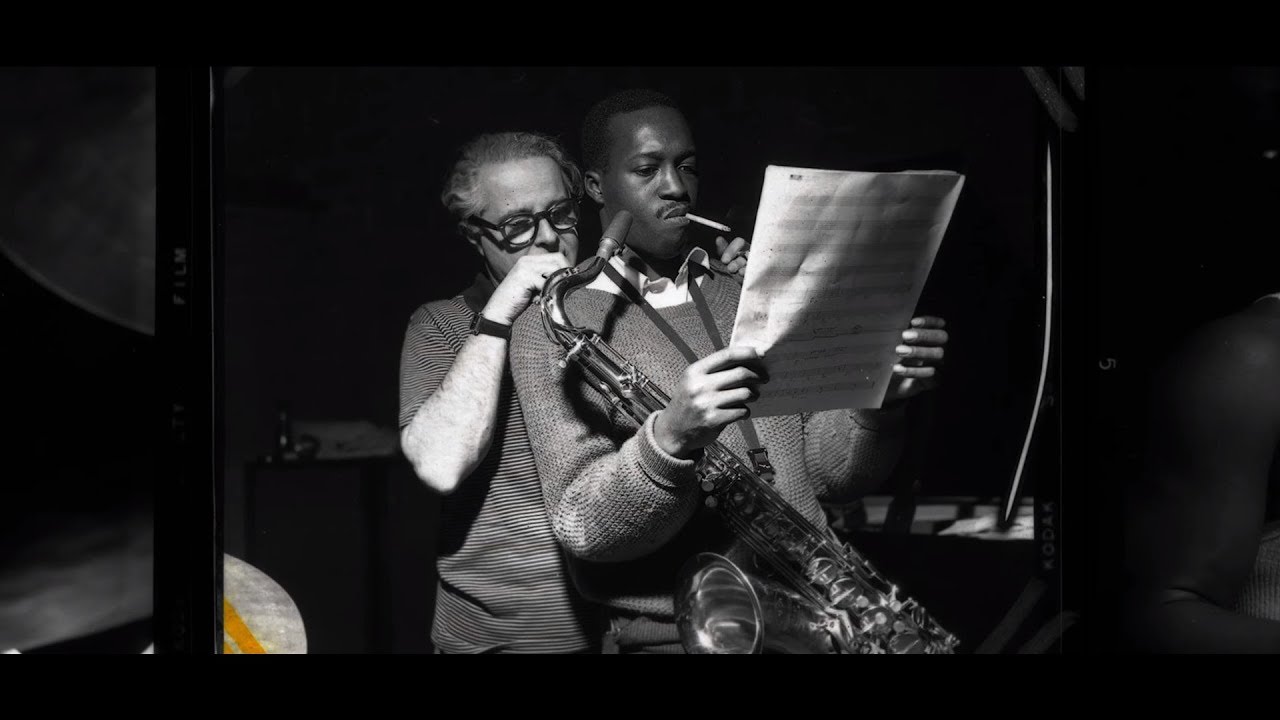Film Review: Blue Notes: Beyond The Notes
Images property of Blue Notes: Beyond the Notes.
By Erik Nielsen
The history of the legendary jazz label Blue Note is unearthed in Blue Note: Beyond the Notes, transcending the typical music documentary with the very nature of its subject—jazz music. Director Sophie Huber presents a story that matches its improvisational nature but also gets to the pains and joys of the music. What could've easily been a sprawling, Ken-Burns-esque escapade is instead a brisk 90-minutes of engrossing music, stories and lessons from artists who knew the risk and the power of free expression.
The musicians are legendary and synonymous with the jazz genre. Think Coltrane, Miles Davis, Art Blakey, Thelonious Monk. Monk, we learn, was greatly overlooked and, if not for Blue Note, may have never gotten the chance to impress his musical vision upon us. The label came about because two Jewish immigrants, Alfred Lion and Francis Wolff (who fled Nazi persecution in 1939), came to America and took with them their profound love of jazz. They knew nothing about how to run a business and had no interest in making money. Instead, they became a launching pad for so many untapped, black musical geniuses.
Images property of Blue Notes: Beyond the Notes.
What bolsters Sophie Huber’s vision is the archival photography of Francis Wolff. The old black-and-whites are typically set during studio rehearsals, where there wasn't much light to work with, but the faces are always in perfect focus and the candid frames serve as reflective moments of the albums they were recording. These pictures would become the bedrock of graphic artist Neil Miles extensive creative output—designing every single one of the Blue Note albums during their golden age. Large font and bold colors were his signature and even though they varied, you always knew it belonged to Blue Note.
Jazz is a remarkable musical genre. The instruments and chords are able to communicate profound ideas and abstractions. The real treasure of this musical documentary is the conversations between the musicians, old and young, and learning not only how they collaborate but also how they elucidate the more complex components of jazz. Along with the photographs, we get audio of the musicians playing, yelling and talking over each other. Even the old grainy footage of Monk twirling his fingers around the piano help to better understand his rhythm.
Images property of Blue Notes: Beyond the Notes.
The film also recognizes the entirety of Blue Note’s scope and reach by bringing it back to contemporary music with their latest roster and with their influence. Ali Shaheed Muhammad (Tribe Called Quest) and Terrace Martin (producer for Kendrick Lamar) talk about the marriage of hip-hop and jazz and how after the decimation of music programs in the inner cities, Blue Note Records became their refuge. They didn’t have any instruments to play with—all that was left were turntables that enabled them to create the cuts we know of in hip-hop today.
Because of the sheer ground she has to cover and the recent boom in the documentary genre, hardcore fans will probably leave this film wanting a little more. We get a slice of every piece of the Blue Note puzzle and because of its mosaic nature, will definitely open up new fans to the genre, but some may want to hear and see more. Seek out this film and after, dig deeper into its history.










